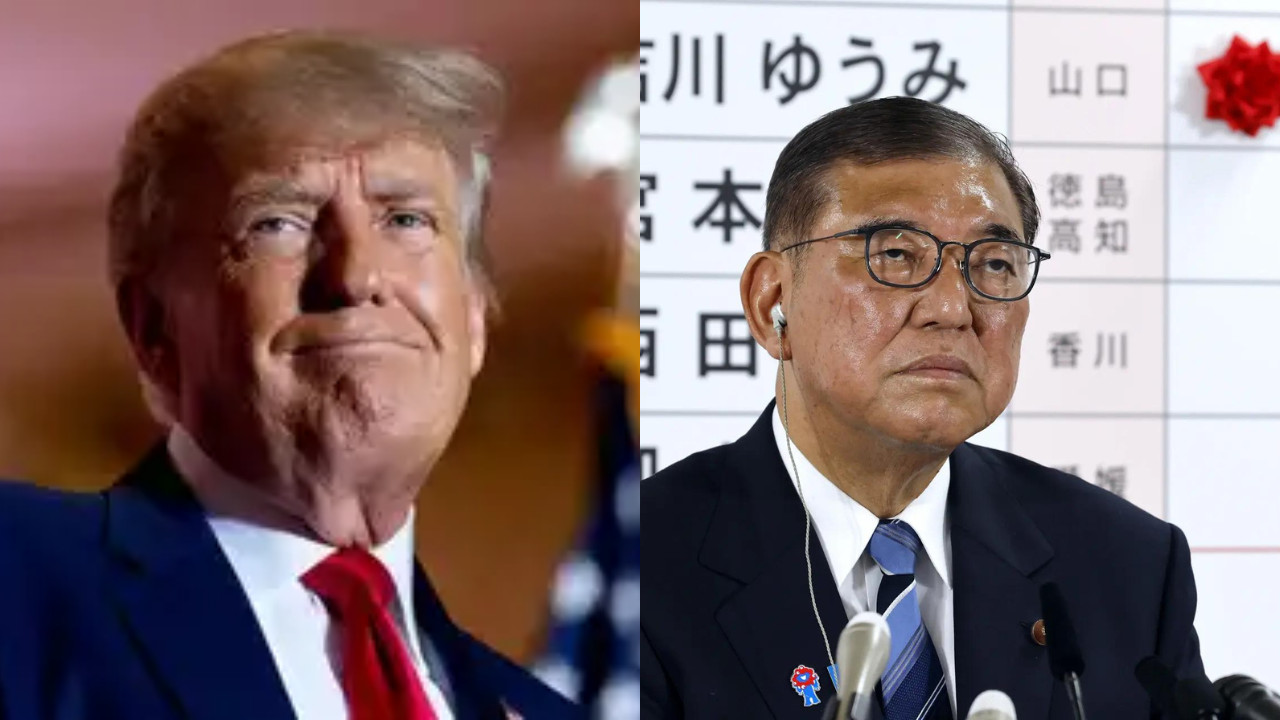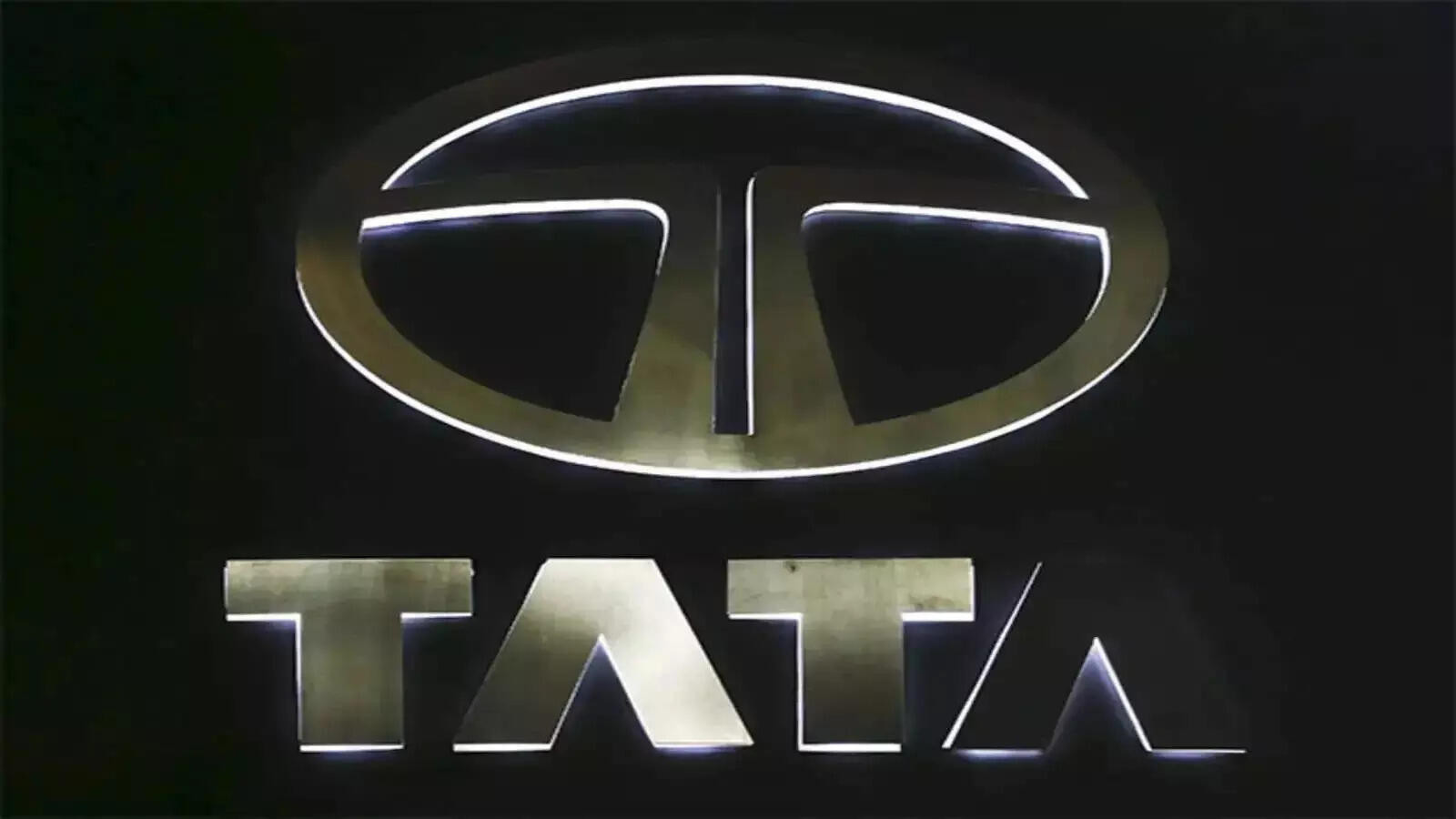A US-Japan trade agreement, capping auto and goods tariffs at 15%, is setting a new standard for global trade negotiations. Economists believe this benchmark could influence ongoing talks with the EU and China, who face imminent deadlines to avoid higher tariffs. The deal has boosted market confidence, particularly among automakers, and eased long-term US inflation expectations.
A Trade Truce in the Pacific: US-Japan Deal Offers Glimmer of Hope
The global trade landscape can often feel like navigating a minefield, with tariffs popping up unexpectedly and threatening to detonate carefully constructed business strategies. Recently, though, a welcome development has emerged from across the Pacific. The United States and Japan have struck a deal that brings much-needed tariff clarity to their bilateral trade relationship, offering a breather for businesses and potentially setting a precedent for future negotiations.
For weeks, anxiety had been building over the potential re-imposition of Section 232 tariffs on Japanese steel imports into the US. These tariffs, originally implemented under the premise of national security, have been a point of contention for years, adding costs and uncertainty to supply chains. With the August deadline looming large, businesses on both sides of the Pacific were holding their breath.
The agreement reached averts this potential crisis. It caps Japan’s steel exports to the US at 1.25 million metric tons annually, ensuring they meet a specific melt and pour requirement – meaning the steel must be produced entirely within Japan. In return, the US has agreed to permanently exempt Japan from the Section 232 tariffs.
This is more than just a simple trade agreement; it’s a strategic move that provides stability and predictability. It allows businesses to plan investments and operations with more confidence, knowing that the threat of sudden, disruptive tariffs has been removed. The ripple effect could be significant, encouraging further economic cooperation between two of the world’s largest economies.
<img src="image-of-us-japan-flags.jpg" alt="US and Japanese flags symbolize a new era of tariff clarity.” width=”600″ height=”400″>
The Bigger Picture: Pressure on the EU and China
While the US-Japan deal offers a reason to cheer, it also casts a spotlight on other trade relationships, particularly those between the US and the European Union, and the US and China. Both are facing their own deadlines and pressures regarding trade.
The EU, for example, has been navigating a similar situation regarding steel and aluminum tariffs. The pressure is now on them to reach a comparable agreement with the US. Achieving this would require concessions on both sides, but the potential benefits – greater trade stability and reduced costs – are considerable.
China, on the other hand, faces a more complex set of trade challenges with the US. Beyond steel and aluminum, there are broader concerns about intellectual property rights, trade imbalances, and market access. The US-Japan agreement, however, could serve as a model for a more structured and predictable approach to these issues, even if the specifics would necessarily differ.
This agreement is not just about steel. It is about establishing a framework for resolving trade disputes and fostering a more stable global trading environment. The US-Japan deal effectively uses strategically crafted quotas to circumvent broad blanket tariffs. It provides a clear, quantifiable limit, allowing businesses to adapt and plan accordingly. This approach stands in contrast to the more unpredictable nature of tariffs, which can be imposed or removed with little warning.
Navigating the New World of Trade
The US-Japan agreement underscores the importance of proactive trade management. Businesses can’t simply sit back and wait for tariffs to be imposed or lifted. They need to be actively engaged in monitoring trade developments, assessing potential risks, and adapting their strategies accordingly. This could involve diversifying supply chains, exploring alternative markets, or investing in technologies that improve efficiency and reduce costs.
For companies operating in the steel industry, understanding the specifics of the agreement is crucial. Japanese steel producers, in particular, need to ensure they can meet the melt and pour requirements and manage their exports within the established quota. US companies that rely on Japanese steel need to factor the new limitations into their sourcing strategies. Businesses globally should revisit their International Trade Compliance (ITC) and Export Management Compliance Program (EMCP) processes.
The Future of Global Trade
The US-Japan trade deal represents a step towards a more predictable and stable global trading environment. It demonstrates that even in a world of complex trade tensions, pragmatic solutions are possible. It places the onus on the EU and China, particularly, to find similarly creative solutions. While challenges remain, this agreement offers a glimmer of hope and provides a blueprint for navigating the complexities of international trade in the years to come. As businesses navigate the ever-changing trade winds, embracing adaptability and strategic foresight will be more critical than ever. This deal also highlights the increasing importance of near-shoring and re-shoring strategies, topics we’ve covered extensively on our blog.







